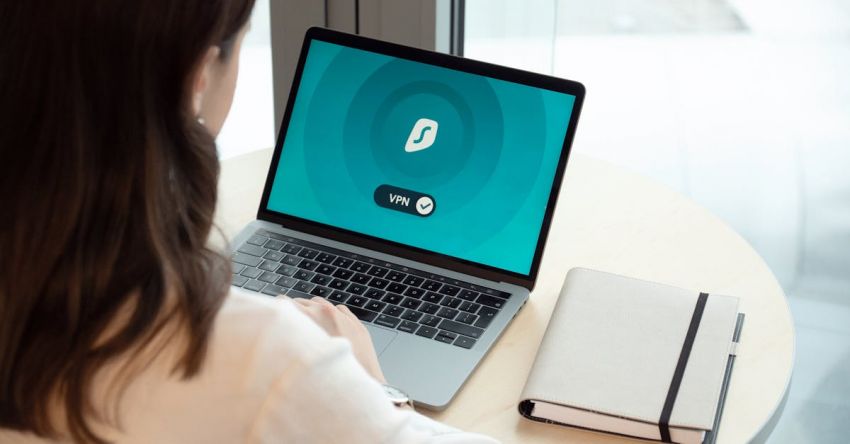What Are the Best Practices for Mobile App Security

**Securing Your Mobile App: Best Practices for Robust Security**
Mobile applications have become an integral part of our daily lives, providing convenience and accessibility at our fingertips. However, with the increasing use of mobile apps comes the heightened risk of security threats. Ensuring the security of your mobile app is paramount to safeguarding sensitive user data and maintaining credibility. By implementing best practices for mobile app security, developers can create a robust defense system against potential cyber threats.
**Data Encryption: Shielding Sensitive Information**
One of the fundamental pillars of mobile app security is data encryption. Encrypting data ensures that sensitive information transmitted between the app and servers is protected from unauthorized access. Utilizing strong encryption algorithms such as AES (Advanced Encryption Standard) can safeguard user data from interception by malicious entities. By encrypting data at rest and in transit, developers can fortify their app’s security and prevent data breaches.
**Authentication Mechanisms: Verifying User Identities**
Implementing robust authentication mechanisms is crucial for verifying user identities and preventing unauthorized access to the app. Utilizing multi-factor authentication (MFA) adds an extra layer of security by requiring users to provide multiple credentials to access their accounts. By incorporating biometric authentication methods such as fingerprint or facial recognition, developers can enhance the app’s security and mitigate the risk of credential theft.
**Secure Code Practices: Building a Strong Foundation**
Adhering to secure coding practices is essential for building a strong foundation for mobile app security. Developers should follow coding guidelines such as OWASP (Open Web Application Security Project) to identify and mitigate common security vulnerabilities. Conducting regular code reviews and security audits can help identify potential weaknesses in the app’s code and address them proactively. By prioritizing secure code practices, developers can minimize the risk of exploitable vulnerabilities and enhance the overall security posture of the app.
**Secure Communication Protocols: Safeguarding Data Transmission**
Utilizing secure communication protocols such as HTTPS is vital for safeguarding data transmission between the app and servers. HTTPS encrypts data during transit, preventing eavesdropping and man-in-the-middle attacks. By implementing secure communication protocols, developers can ensure the confidentiality and integrity of data exchanged between the app and external servers. Regularly updating SSL/TLS certificates is also crucial to maintain the security of communication channels and prevent security lapses.
**Secure Storage Practices: Protecting Data at Rest**
Protecting data at rest is as important as securing data in transit. Implementing secure storage practices such as encrypting sensitive data stored on the device can prevent unauthorized access in case of device theft or loss. Utilizing secure key management techniques and secure storage APIs can further enhance the security of stored data. By prioritizing secure storage practices, developers can mitigate the risk of data leakage and safeguard user information from potential threats.
**Regular Security Updates: Staying Ahead of Emerging Threats**
Regularly updating the app with security patches and bug fixes is essential for staying ahead of emerging security threats. Monitoring security advisories and staying informed about the latest vulnerabilities can help developers proactively address security issues and protect the app from potential exploits. By maintaining a proactive approach to security updates, developers can ensure the longevity of their app’s security and build trust with users by demonstrating a commitment to protecting their data.
**Conclusion: Fortifying Your Mobile App’s Security**
In conclusion, implementing best practices for mobile app security is imperative for safeguarding user data and maintaining the integrity of the app. By prioritizing data encryption, robust authentication mechanisms, secure code practices, secure communication protocols, secure storage practices, and regular security updates, developers can build a strong defense system against potential cyber threats. Protecting user information should be a top priority for developers, and by following these best practices, they can create a secure and trustworthy mobile app that users can rely on with confidence.